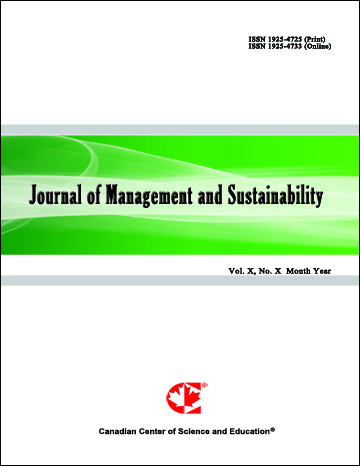Barriers to Practice of Non-Hazardous Solid Waste Minimization by Industries in Malaysia
- Shadi Kafi Mallak
- Mohd Bakri Ishak
- Ahmad Fariz Mohamed
- Sabrina Abdullah
Abstract
The Practice of waste minimization plays a significant role in sustainable development as the most acceptable method in the waste management hierarchy. This paper is a case study research on industrial non-hazardous wastes generated from different industrial activities in one of the major Malaysian industrial areas. This study is aimed at identifying the barriers of waste minimization practices in Malaysian industries. The combination of quantitative and qualitative methods were applied in the study through the use of a structured questionnaire prepared on Likert scale and semi-structured interviews with respondents across thirty (30) factories. Data collected through the questionnaire was analyzed using software and severity index tool. Findings reveal the barriers faced in practicing waste minimization by industries include the lack of time for separation of waste, absence of guidelines, regulations and limited accurate knowledge with severity index range of 62.5<=SI< 87.5, which were considered to be serious issues. Through the application of suitable educational and awareness programs for industrial stakeholders, an effective waste minimization practice can be achieved.
- Full Text:
 PDF
PDF
- DOI:10.5539/jms.v4n1p154
Journal Metrics
Google-based Impact Factor (2021): 1.54
h-index (July 2022): 37
i10-index (July 2022): 147
h5-index (2017-2021): 12
h5-median (2017-2021): 19
Index
- Academic Journals Database
- ANVUR (Italian National Agency for the Evaluation of Universities and Research Institutes)
- CAB Abstracts
- CNKI Scholar
- EconBiz
- Excellence in Research for Australia (ERA)
- GETIT@YALE (Yale University Library)
- Harvard Library
- HeinOnline
- Infotrieve
- JournalTOCs
- LOCKSS
- MIAR
- PKP Open Archives Harvester
- RePEc
- Scilit
- SHERPA/RoMEO
- Stanford Libraries
- UCR Library
Contact
- Evelyn XiaoEditorial Assistant
- jms@ccsenet.org
